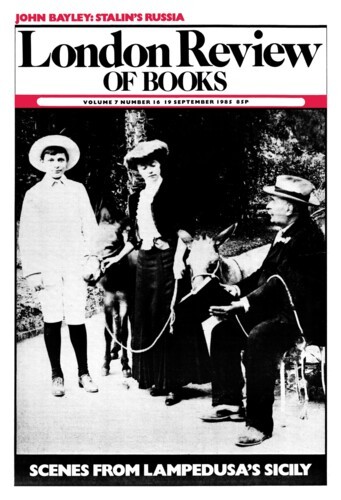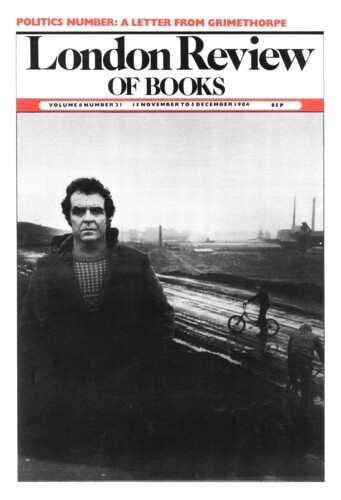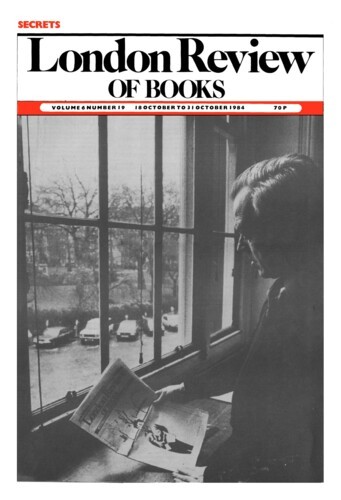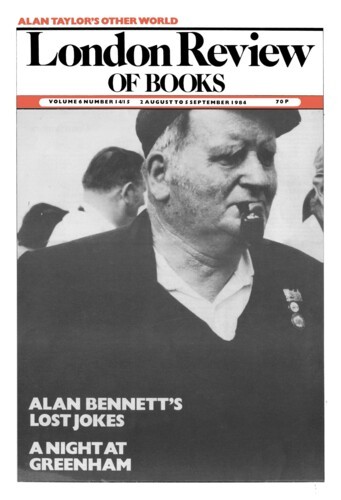British Facts
Rosalind Mitchison, 19 September 1985
These books all set out to tell us about ourselves, and to do it by quantification. Their statements are based on economic statistics, demography, official and unofficial measurements, including the measurement of opinion. Some of their conclusions will surprise, for no one reader can expect to have covered the full range of social activity. Their quality must depend on the quality of the ‘facts’ they elicit. As is well-known to all except the Gradgrinds of this world, facts are difficult, not hard and clear like billiard balls but slippery and elusive objects. Comparative economic statistics depend on the figures used being truly comparable – for instance, with due allowance for changing money values. State of the World, which in many of its tables wisely compares real goods, not money, apparently forgets to reduce for inflation when displaying the oil costs of industrial production. Osman’s Facts of Everyday Life sets out to do everything by maps, and most of these are constructed on the crude basis of ‘regions’. This accounts for one of his more engaging boobs: on the spatial distribution of old-age pensioners in Scotland he remarks: ‘There are few outside the main towns. It would not be sensible for the elderly to be scattered across the rather desolate countryside of Scotland, isolated from help.’ If he had looked below the regional level at the most remote district of all, Sutherland, he would have found that 31 per cent of the population is over 60, and that the crofting townships of that district are almost entirely peopled by oldies. No, it is not sensible for them to be there, but that is where they are. By contrast with this naivety, the care and sophistication with which British Social Attitudes achieves its facts, and supplies answers to carefully designed questions, give confidence not only in the honesty but also in the background knowledge sustaining the report. This, and Social Trends, are the best buys among these books, the first for sophistication, the second for sheer weight of information.’





